Herbivore
Herbivorous animals are those that primarily consume plants and plant-based materials as their main source of nutrition. These animals have specialized digestive systems adapted for breaking down cellulose and extracting nutrients from plant matter.
Herbivores, often referred to as primary consumers, form a critical link in the food chain. These animals have evolved various adaptations to thrive on diets consisting primarily of plants.
Specialized Digestive Systems
Herbivores possess complex digestive systems, equipped with specialized enzymes and microbes to break down tough plant cell walls and extract nutrients.
Morphological Adaptations:
Some herbivores have evolved morphological features that enhance their ability to obtain and process plant food. For example, elongated necks in giraffes enable them to reach high branches for leaves.
Adaptations for Herbivory:
Ruminant Stomachs:
Ruminants, like cows and deer, have a specialized stomach with multiple compartments. This allows them to engage in a complex process of fermentation, breaking down tough plant materials with the help of symbiotic microorganisms.
Cecotrophy:
Some herbivores, such as rabbits, practice cecotrophy. This involves the consumption of soft fecal pellets produced during the initial stages of digestion, allowing for a more efficient extraction of nutrients.
Coprophagy:
Certain herbivores, like elephants and koalas, engage in coprophagy, the consumption of their own feces. This behavior aids in the reabsorption of essential nutrients.
The Role of Herbivores in Biodiversity
Seed Dispersal
Herbivores play a crucial role in seed dispersal, contributing to the regeneration of plant populations and maintaining biodiversity.
Maintaining Ecosystem Balance
By controlling plant populations, herbivores help maintain the balance of ecosystems, preventing overgrowth and promoting diversity.
Importance in Ecosystems
The ecological importance of herbivores lies in their role as plant consumers, influencing vegetation dynamics and supporting the balance of ecosystems.
Herbivores in Different Ecosystems
Grassland Herbivores
Herbivores in grassland ecosystems, like buffalo and gazelles, have adapted to grazing on grasses and navigating open terrain.
Forest Dwellers
In forests, herbivores like deer and tapirs navigate dense vegetation, showcasing adaptations to browse on leaves and twigs.
Human Interaction and Herbivores
Domesticated Herbivores
Humans have domesticated herbivores for various purposes, including agriculture, transportation, and companionship. This relationship has shaped the evolution of both humans and herbivores.
Conservation Efforts
Conservation initiatives aim to protect herbivores from habitat loss, poaching, and other threats. These efforts contribute to the preservation of biodiversity.
Here are some examples of herbivorous animals:
Cows:
Cattle are large herbivores that graze on grass and other vegetation.
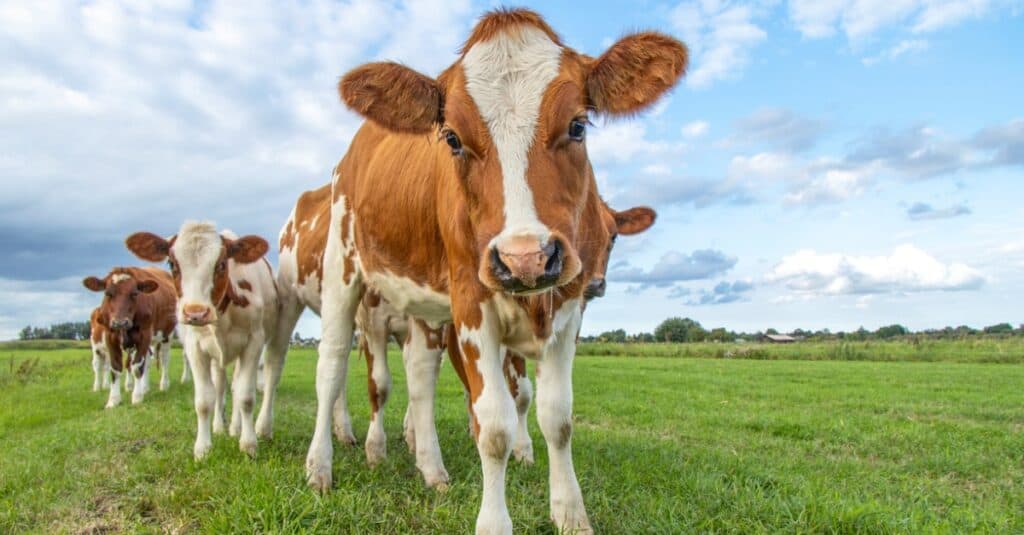
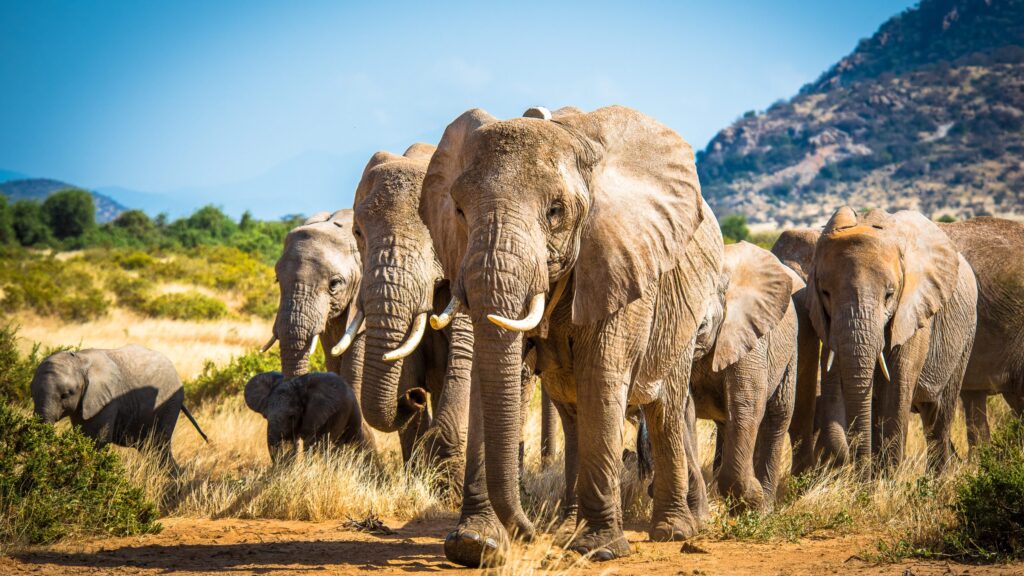
Elephants:
Elephants are herbivorous mammals that eat a variety of plant materials, including grasses, fruits, and bark.
Rabbits:
Rabbits are small mammals that mainly consume grasses, leaves, and other plant materials.
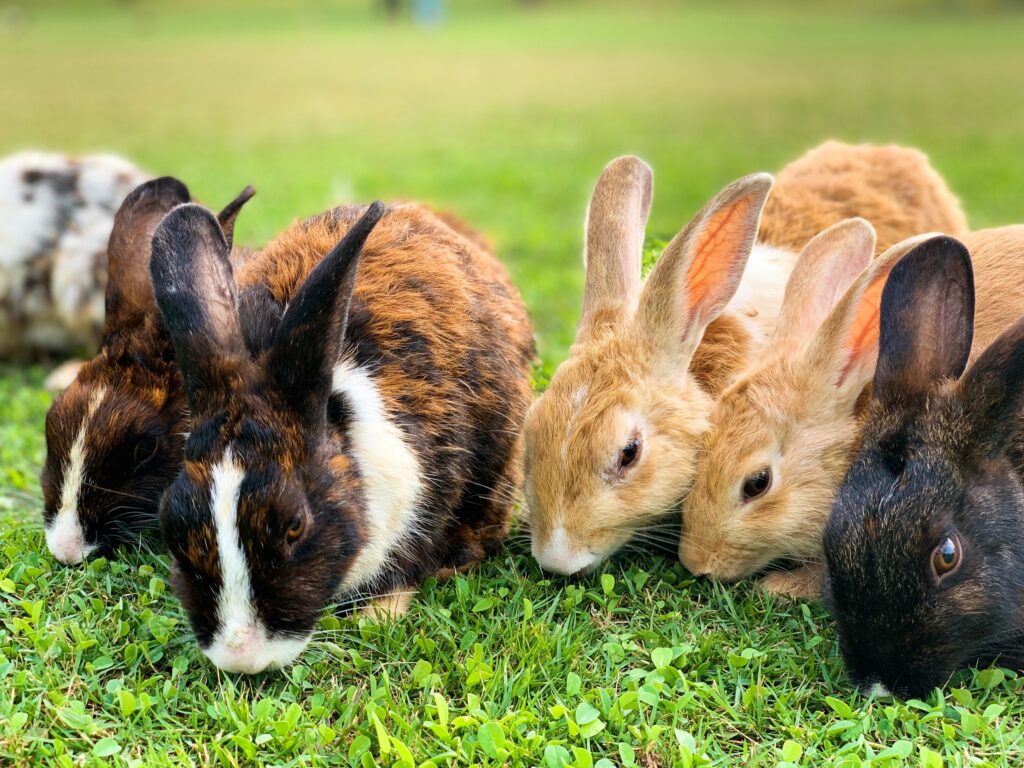
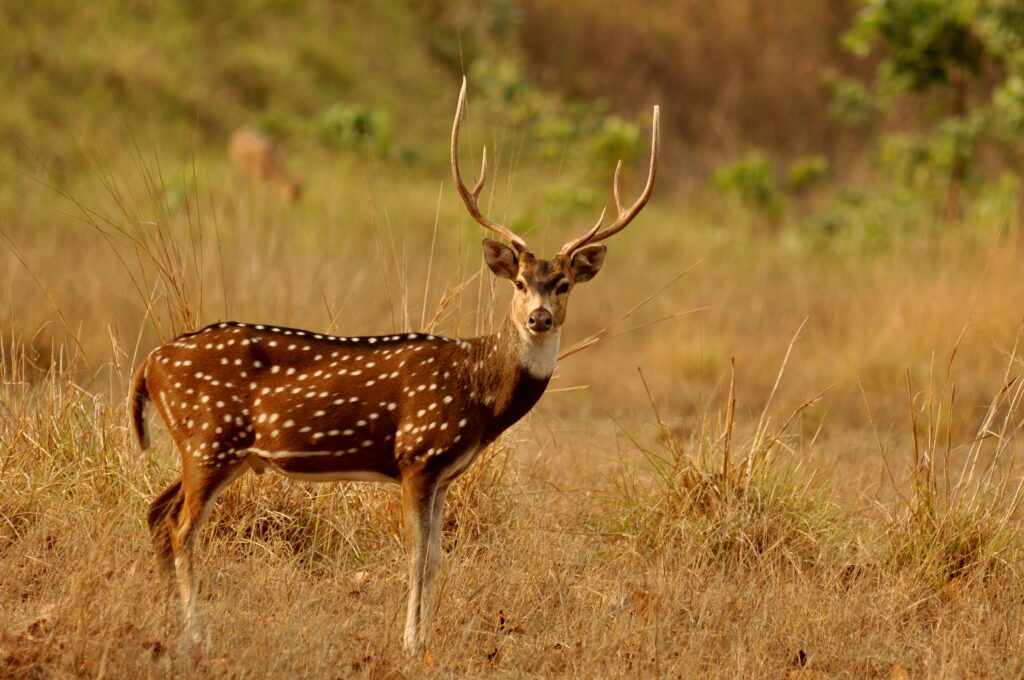
Deer:
Deer are herbivores that graze on grasses and browse on leaves, twigs, and shrubs.
Horses:
Horses are herbivores that feed on grasses and grains.
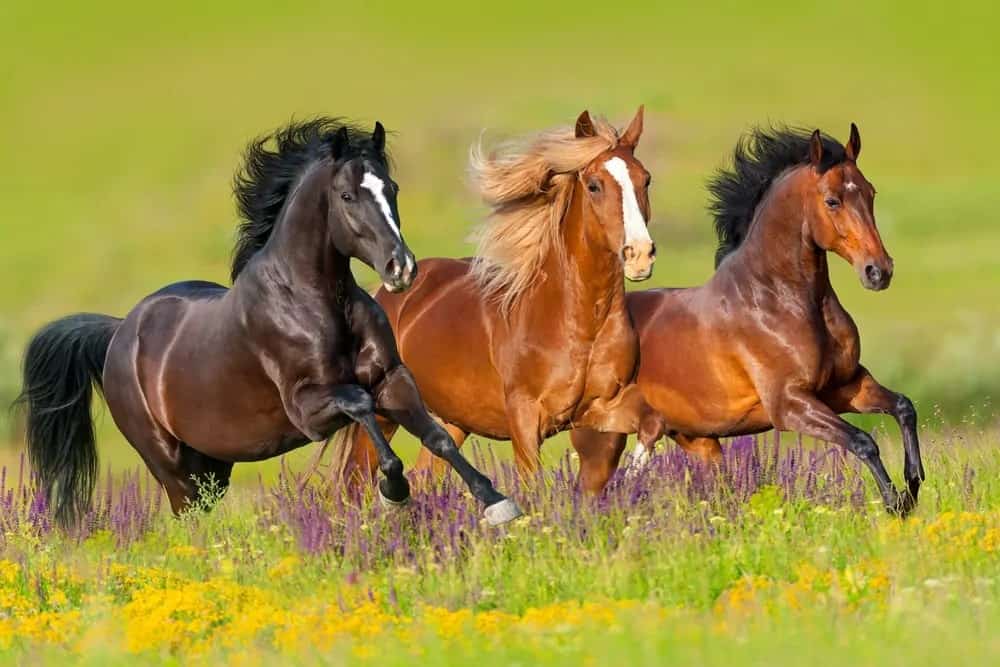

Giraffes:
Giraffes are known for their long necks, which they use to reach leaves on tall trees. They primarily eat leaves and buds.
Koalas:
Koalas are herbivorous marsupials that feed almost exclusively on eucalyptus leaves.
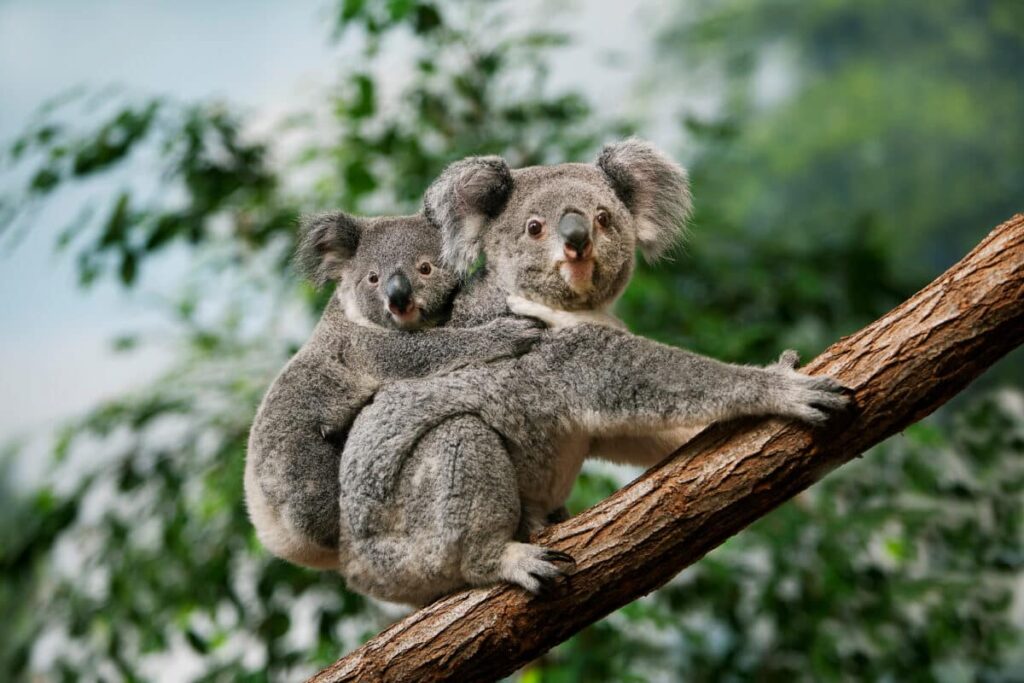
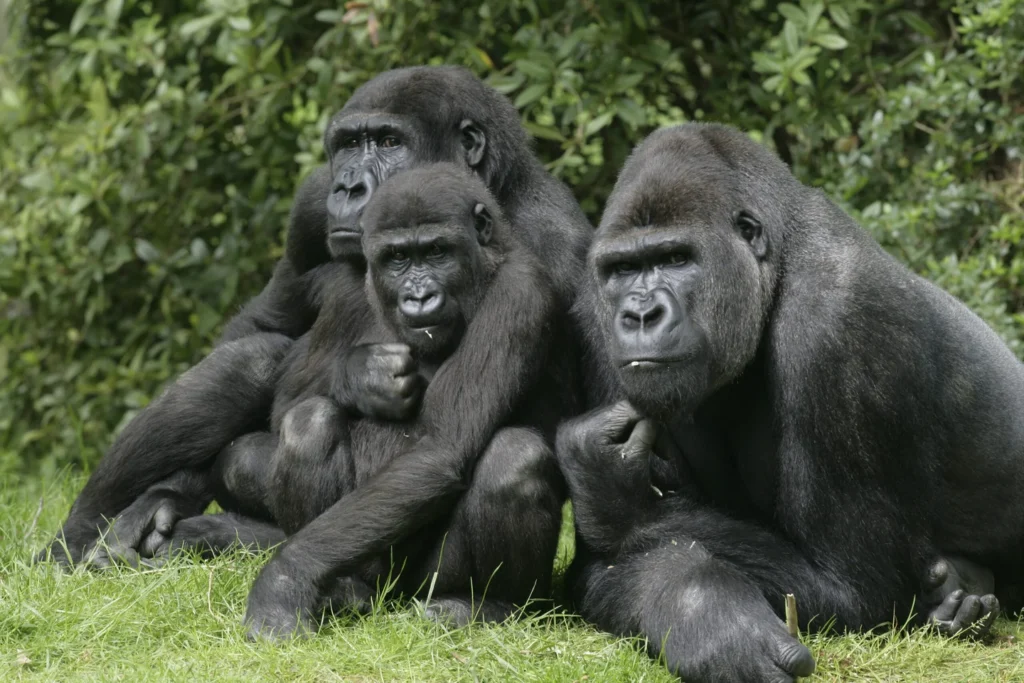
Gorillas:
Gorillas are herbivorous primates that primarily eat leaves, stems, and fruits.
Pandas:
Giant pandas are known for their bamboo diet, but they also consume other plant materials such as fruits and flowers.
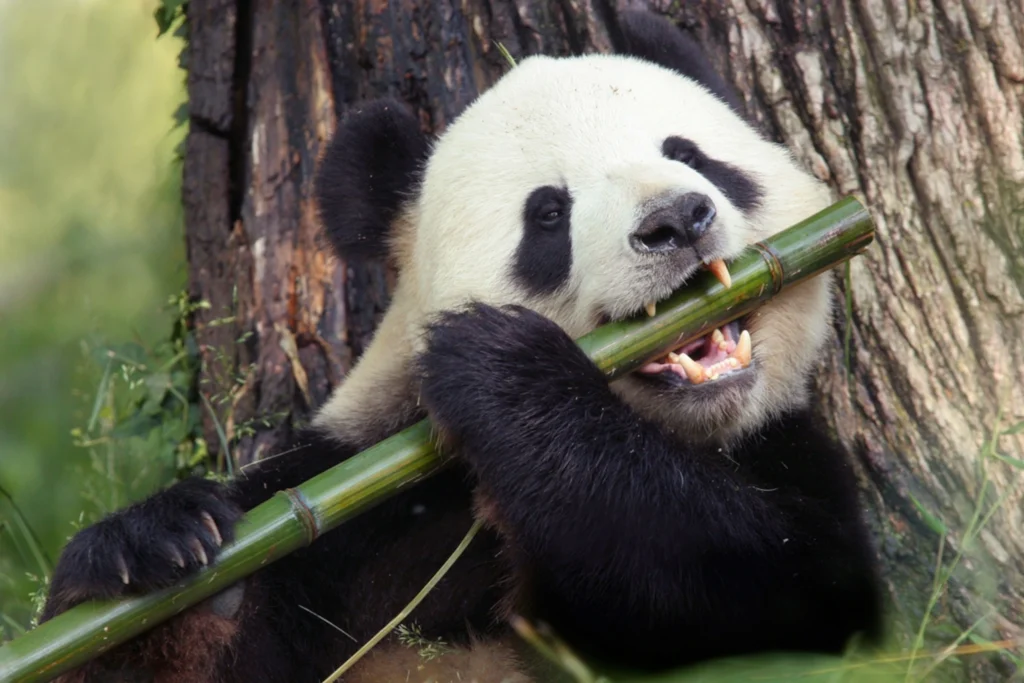

Tortoises:
Tortoises are herbivorous reptiles that eat a variety of plants, including grasses and leafy greens.